ECON 1312 Homework Assignment #3: Perfect Competition and Monopoly
VerifiedAdded on 2019/09/18
|5
|1073
|379
Homework Assignment
AI Summary
This homework assignment for ECON 1312 explores key concepts in microeconomics, focusing on market structures including perfect competition, monopoly, and monopolistic competition. It addresses questions about price-taking behavior, the relationship between firm and market demand, and profit maximization in perfectly competitive markets. The assignment delves into the characteristics of monopolies, including how they arise, price discrimination strategies, and the implications for output and pricing compared to perfect competition. Furthermore, it examines monopolistic competition, its characteristics, how firms compete, and the implications of product differentiation and selling costs on market efficiency. The solutions cover topics such as marginal cost, marginal revenue, market supply, and the impact of changes in market demand on output, price, and profit in both the short and long run. The assignment also explores the role of entry and exit in competitive markets, the impact of demand shifts, and the time frame's influence on the elasticity of supply. Finally, it examines the role of price discrimination, consumer surplus, and the efficiency of different market structures.
1 out of 5
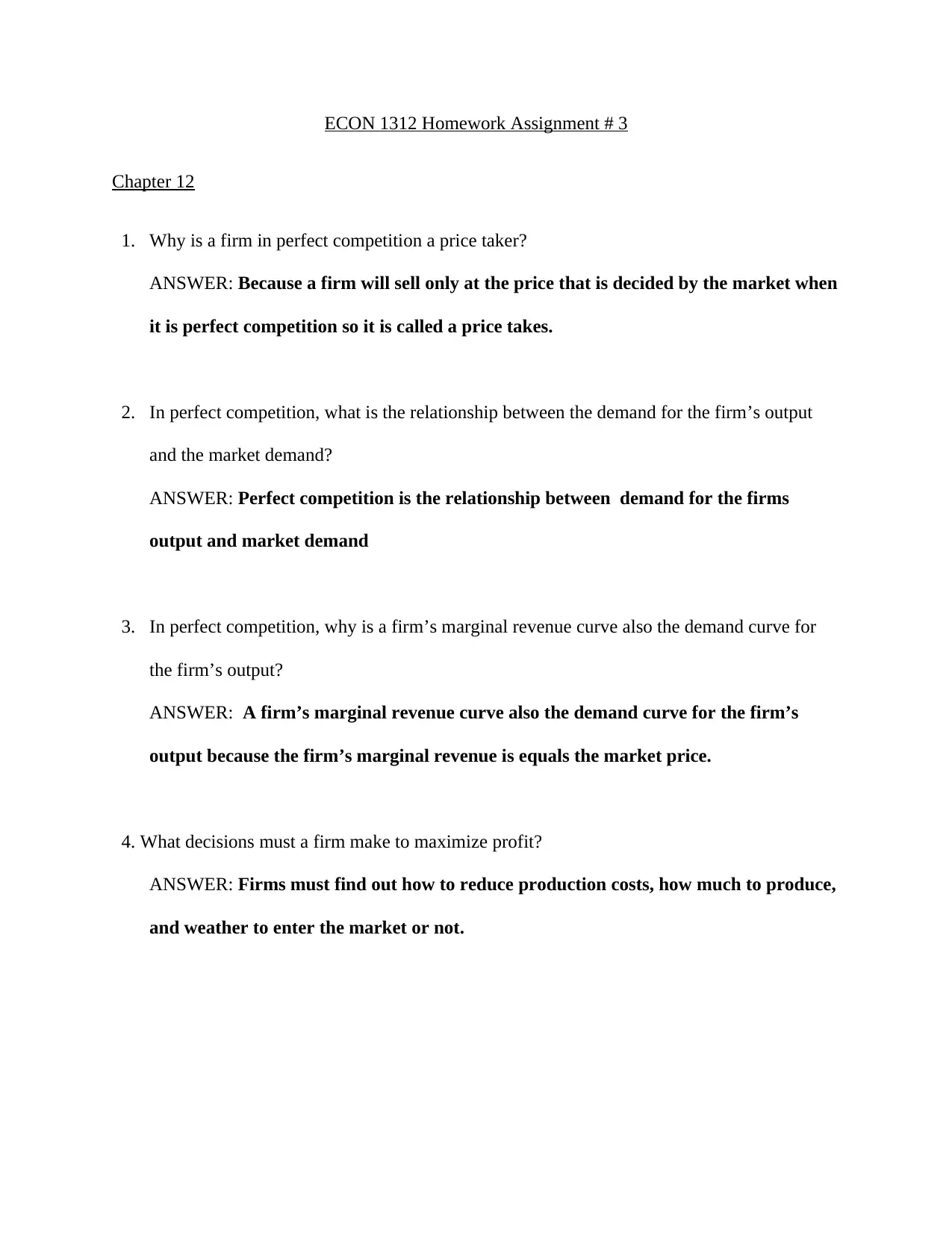
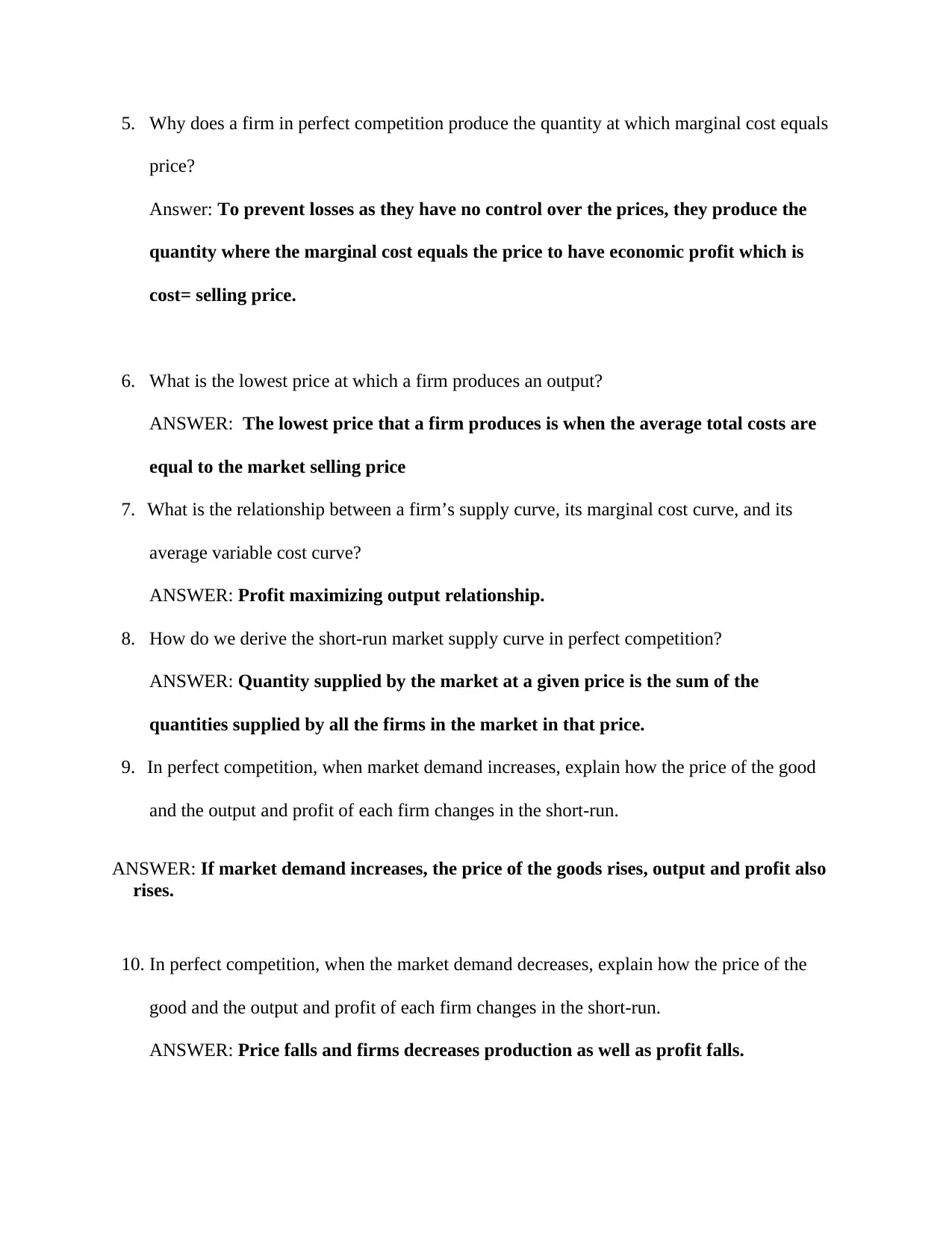
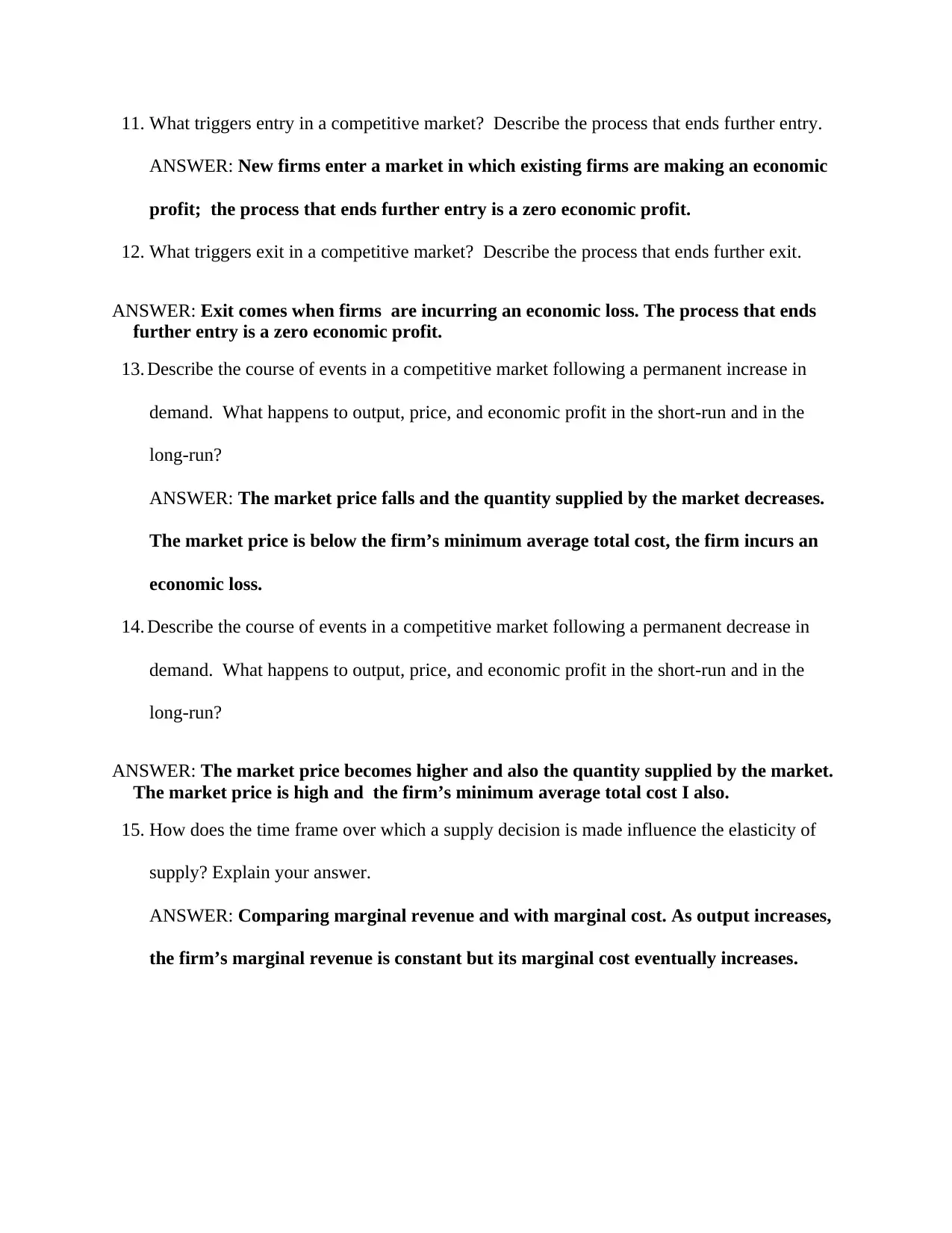

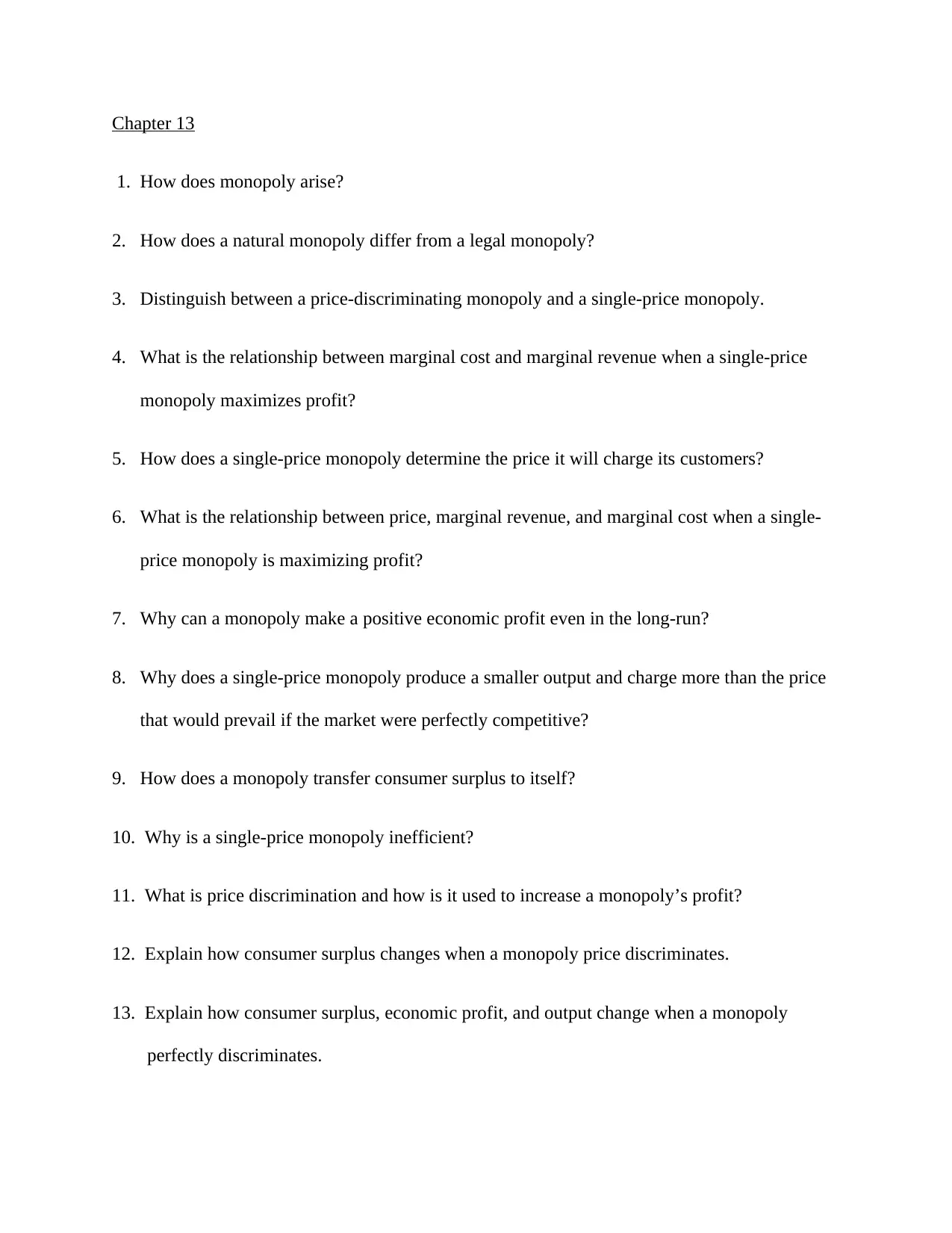
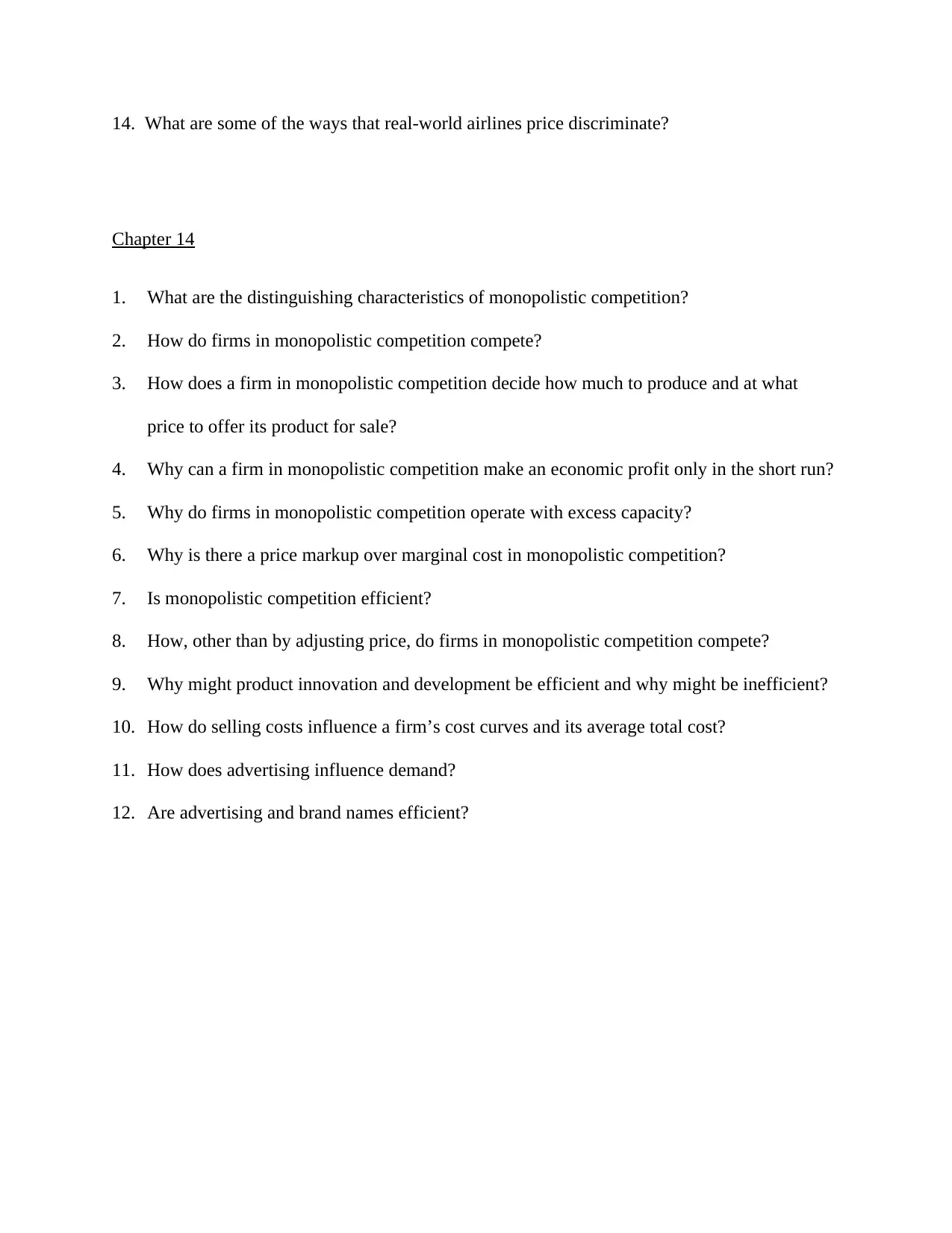





![[object Object]](/_next/static/media/star-bottom.7253800d.svg)